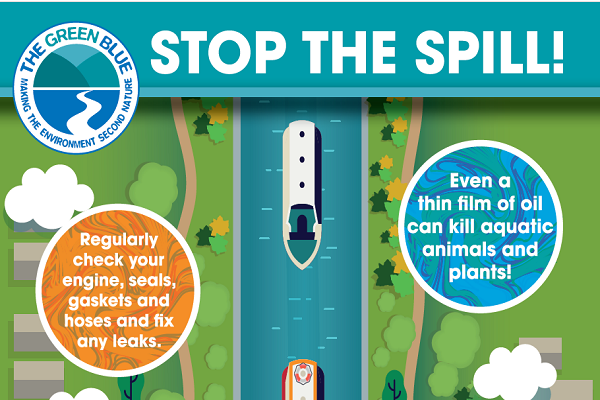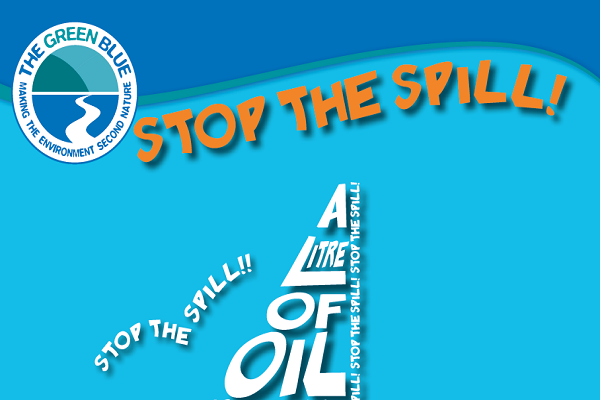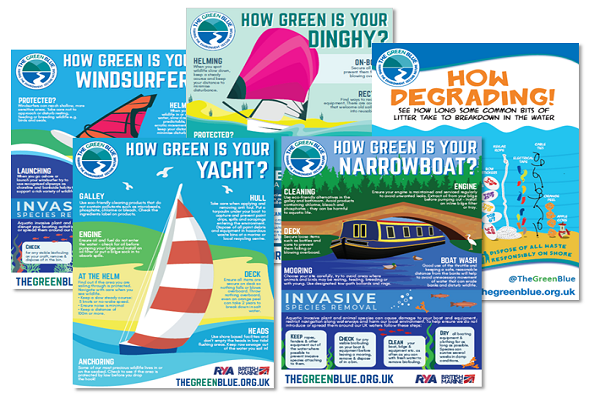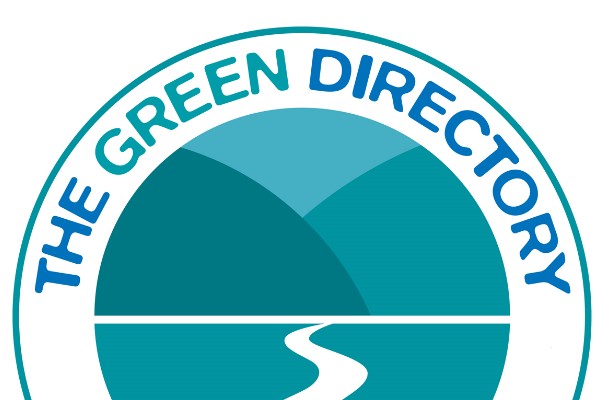Oil & Fuel
BACKGROUND
Oil is the fastest source of deterioration to water bodies, being far more harmful than waste, including plastics or blackwater. Oil spills can destroy wildlife and damage the ecosystems that sustain them.
Only about 5% of oil and fuel pollution in the water is from catastrophic spills, the majority comes from everyday sources such as refuelling, engine emissions and oil leaks. The legal limit for oil and fuel in water discharge is roughly one drop of oil in two litres of water (15mg/l): any more and wildlife and habitats can suffer.
The containment of spilt oil can prevent financial, legislative and environmental implications.
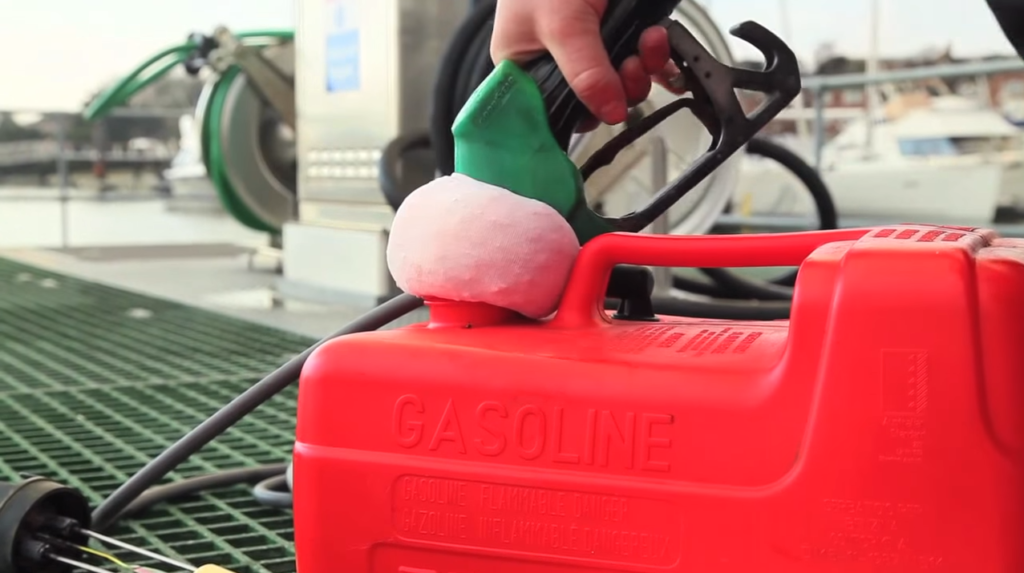
LEGAL REQUIREMENTS
The use, transport and storage of oils and fuels are regulated and it is important that all boating facilities understand their legal responsibilities. This is primarily regulated through the Control Of Pollution (Oil Storage) Regulations.
FACILITIES & OPERATIONS
STORAGE AND TRANSPORT
Tanks and Containers:
- Securely store fuel containers at least 10 metres away from the water.
- Position storage tanks away from any possible damage from traffic, and secure from vandals.
- Oil and fuel should not be stored on pontoons as the risk of pollution is greatly increased. Where this is unavoidable, discuss the necessary pollution prevention measures with your local water pollution regulator e.g. Environment Agency.
- Install fuel tanks and pipework above ground whenever possible to enable regular maintenance checks to be carried out and leaks to be identified earlier.
- Containers must be of sufficient strength to avoid bursting or leakage under normal operating conditions and be securely stored within a secondary containment system (SCS) or bund.
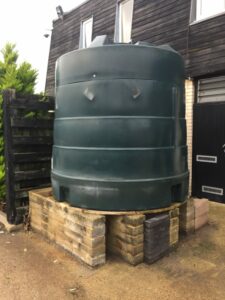
- Ensure fixed storage tanks cannot move from their base or float away in the event of unusually high tides or floods as this causes pipelines to break and oil or fuel to be spilled.
Bund Oil and Fuel Containers:
- Bunds must be able to hold 110% of the largest container or 25% of total volume, whichever is larger.
- Ensure all valves, filters, sight gauges and pipe work are contained within the bund when not in use.
- Ensure single drums have a drip tray capable of containing 25% of its capacity.
- Ensure mobile bowsers are self-bunded, stored in a bund or have a drip tray.
- Ensure bunds are impermeable to water and oil, and do not contain any drainage valves.
- Bunds should be maintained and checked regularly.
DISPOSAL
- Dispose of oil as hazardous waste in specialist containers so that it can be reconditioned.
- Provide oil recycling facilities for customers and members.
- Find your nearest oil disposal centre: www.oilbankline.org.uk
ADDITIONAL INFO & GUIDANCE
- Report incidents in England, Wales, Scotland and Northern Ireland on the 24 hour pollution hotline 0800 80 70 60.
- Statutory guidance on approved oil spill treatment products can be found here.
- Must reads: Guidance on How to respond to marine pollution incidents and Guidance on Oil storage regulations for businesses.
- Oil and Gas Environmental Legislation

